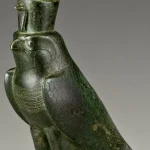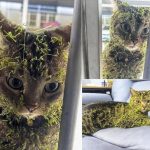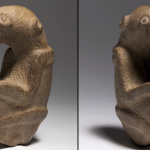The Xerces Blue Butterfly: The First US Insect Extinction Due to Human Action
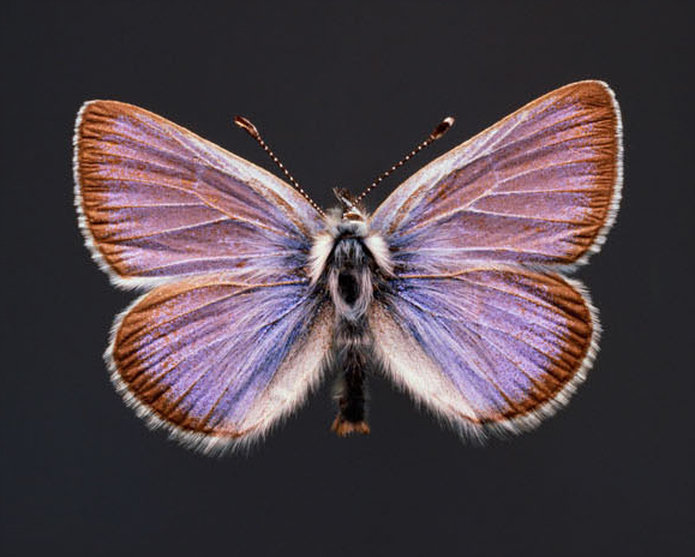
Once fluttering among the coastal dunes of San Francisco, the Xerces Blue butterfly (Glaucopsyche xerces) now lives only in photographs and memory. This butterfly is considered the first U.S. insect extinction directly attributed to human causes.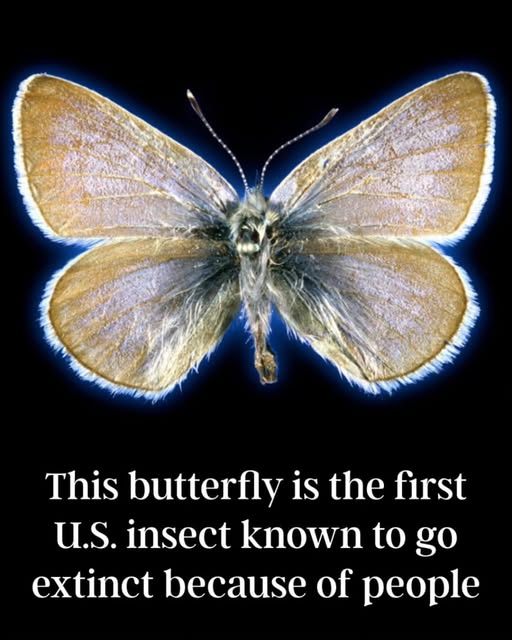
Native to the sandy dunes of the San Francisco Peninsula, the Xerces Blue survived for thousands of years in a fragile, specialized ecosystem. However, during the early 20th century, urban expansion destroyed much of its habitat. Roads, housing, and infrastructure overtook the dunes and displaced the native vegetation.
The Collapse of a Specialized Ecosystem
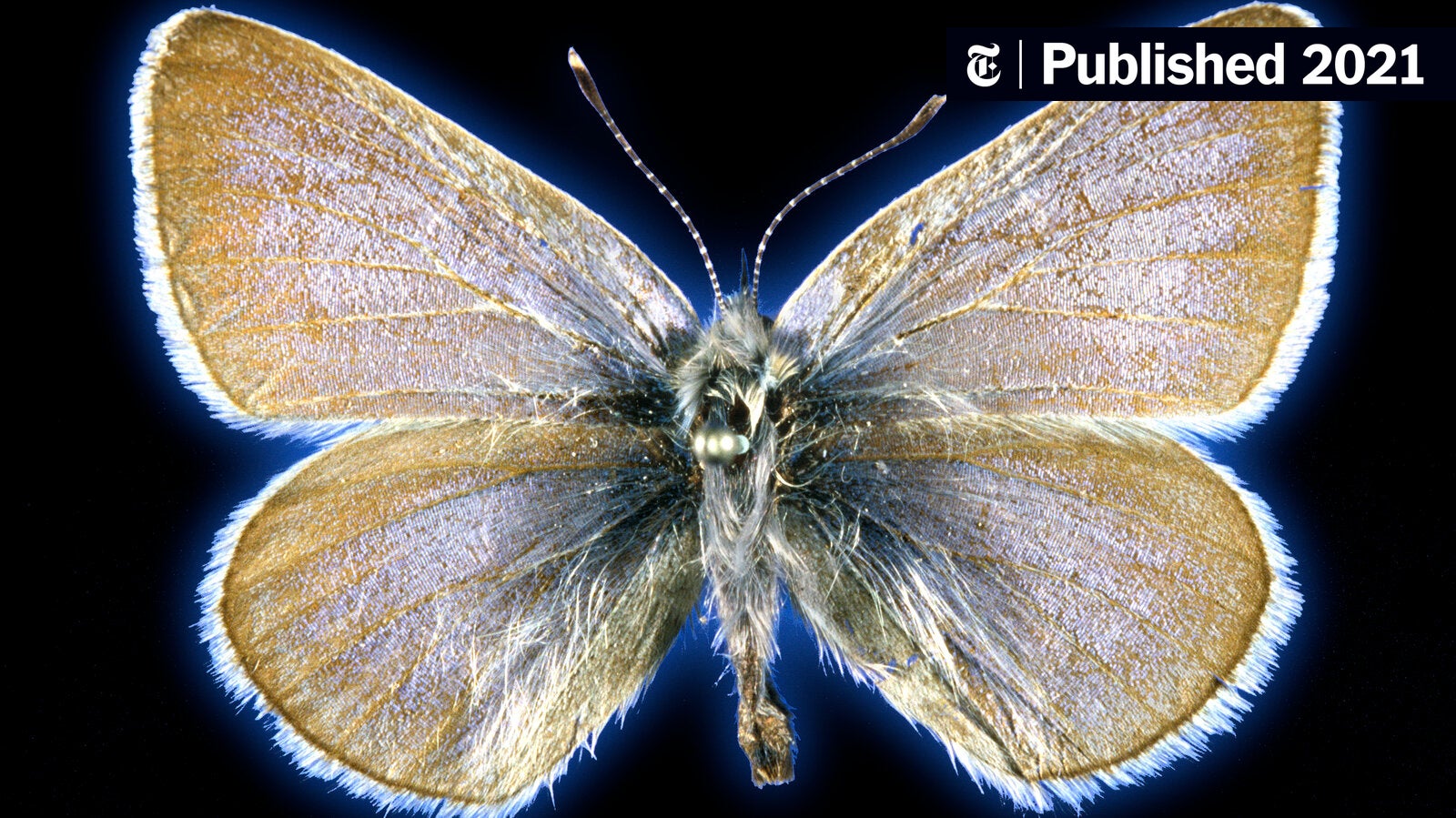
The butterfly’s survival relied exclusively on native legumes like Lotus and Lupinus to feed and reproduce its larvae. When these specific food plants vanished under development, the butterfly lost the foundation of its life cycle.
Without food plants or breeding sites, its population collapsed. By the early 1940s, none remained in the wild.
This extinction is especially tragic because it offers no excuse of disease or catastrophe—it was a wholly preventable loss caused primarily by habitat destruction and ecological neglect. Sadly, the Xerces Blue was not unique; other insects and butterflies have since disappeared under similar pressures.
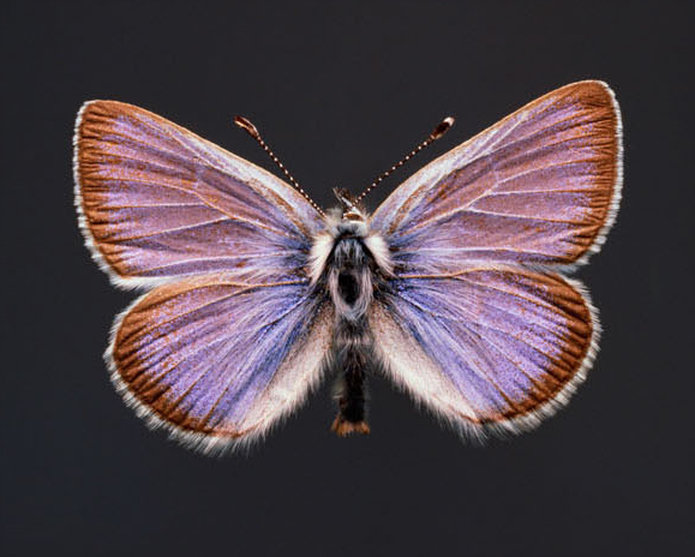
Glaucopsyche xerces
In tribute to this iconic butterfly and to prevent further losses, the Xerces Society was founded, named for the species, to protect other endangered invertebrates.
